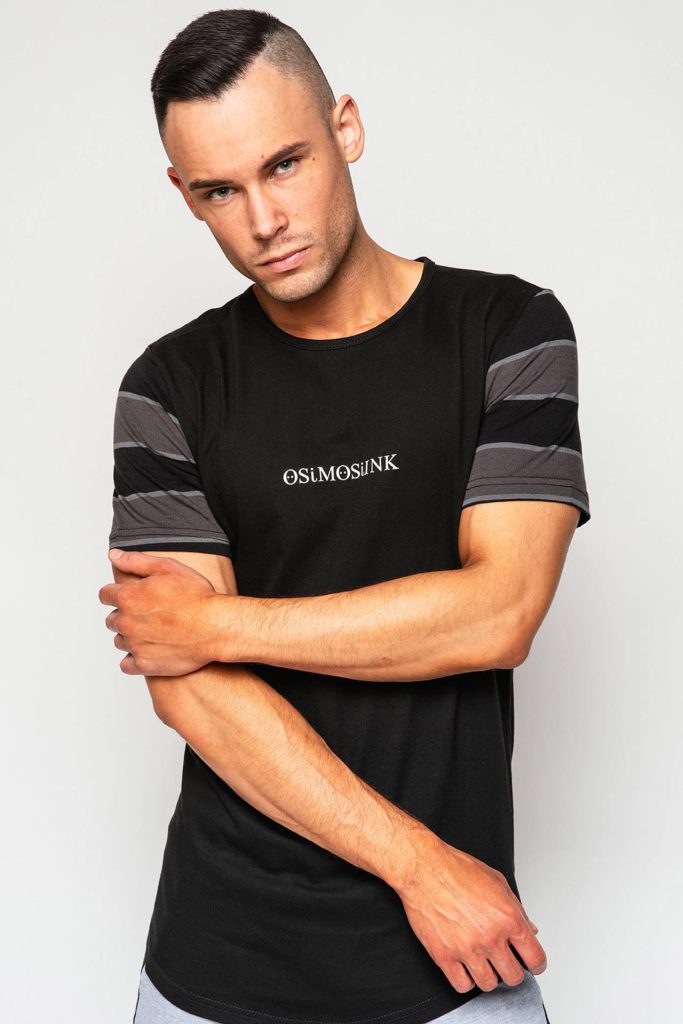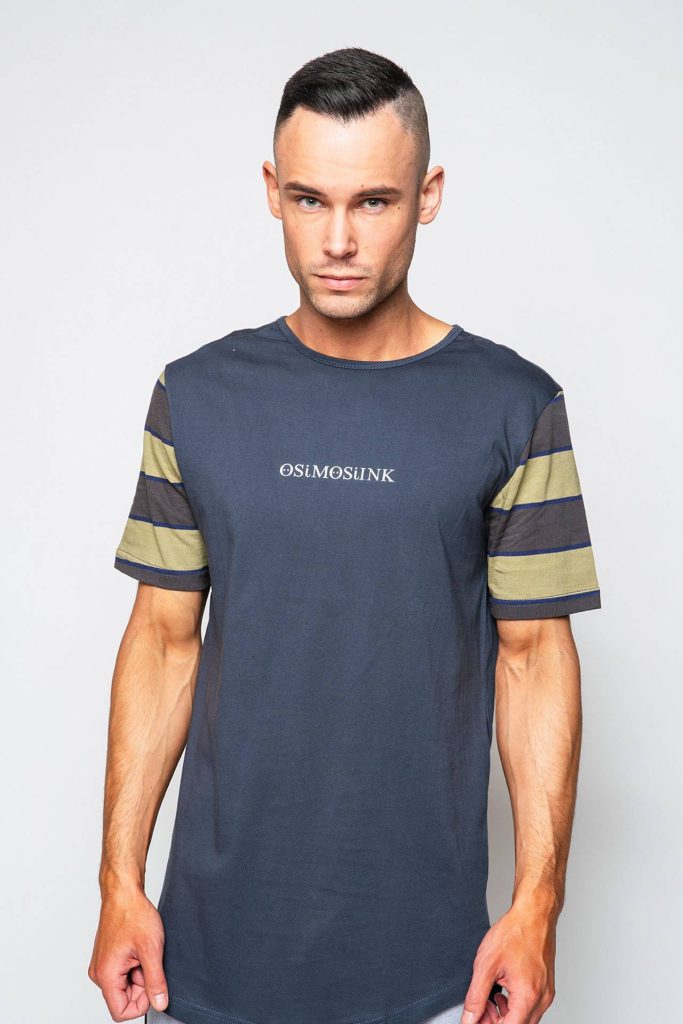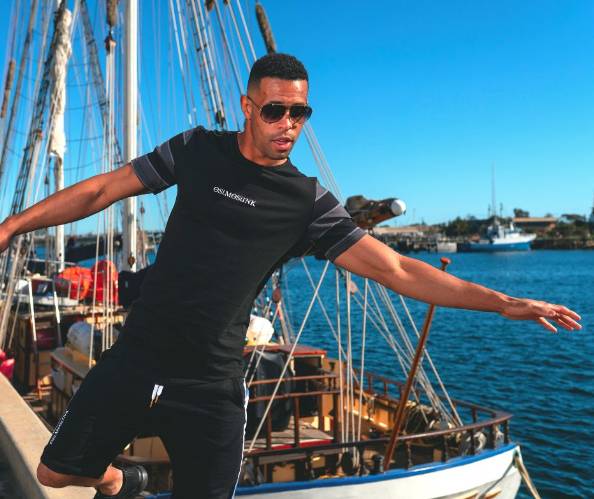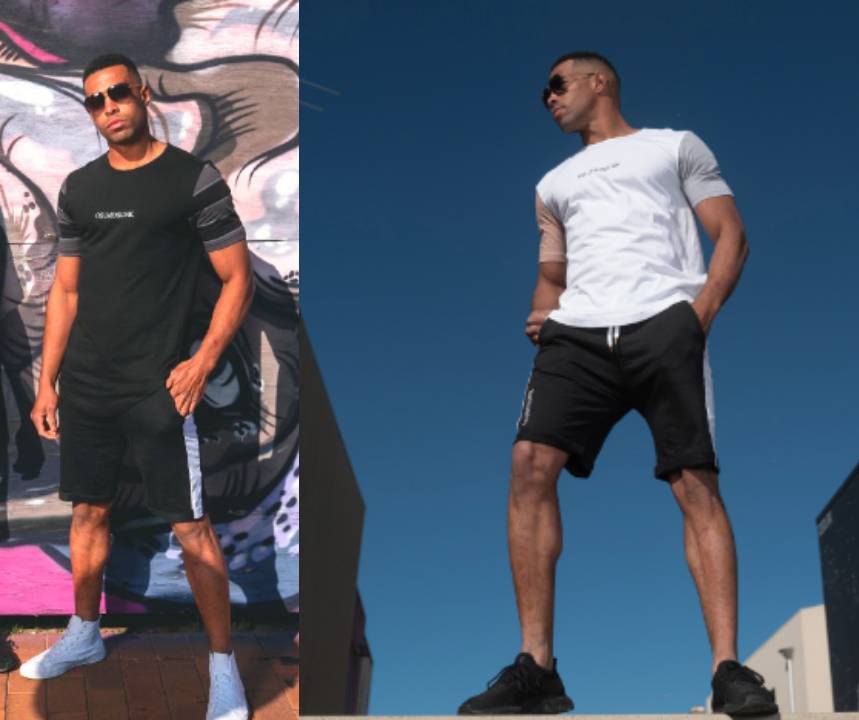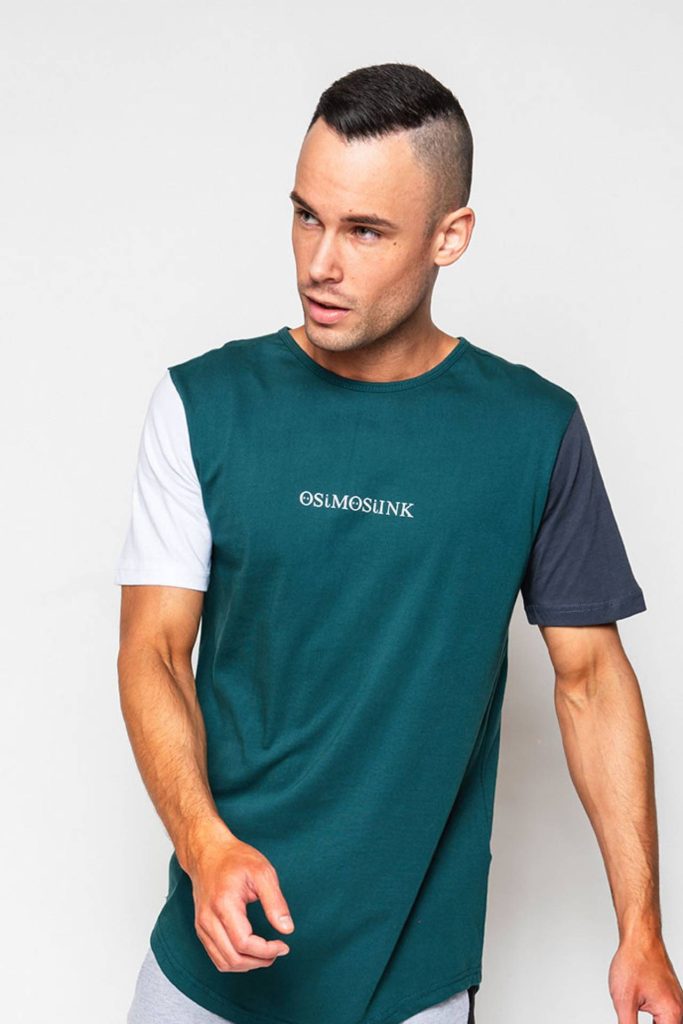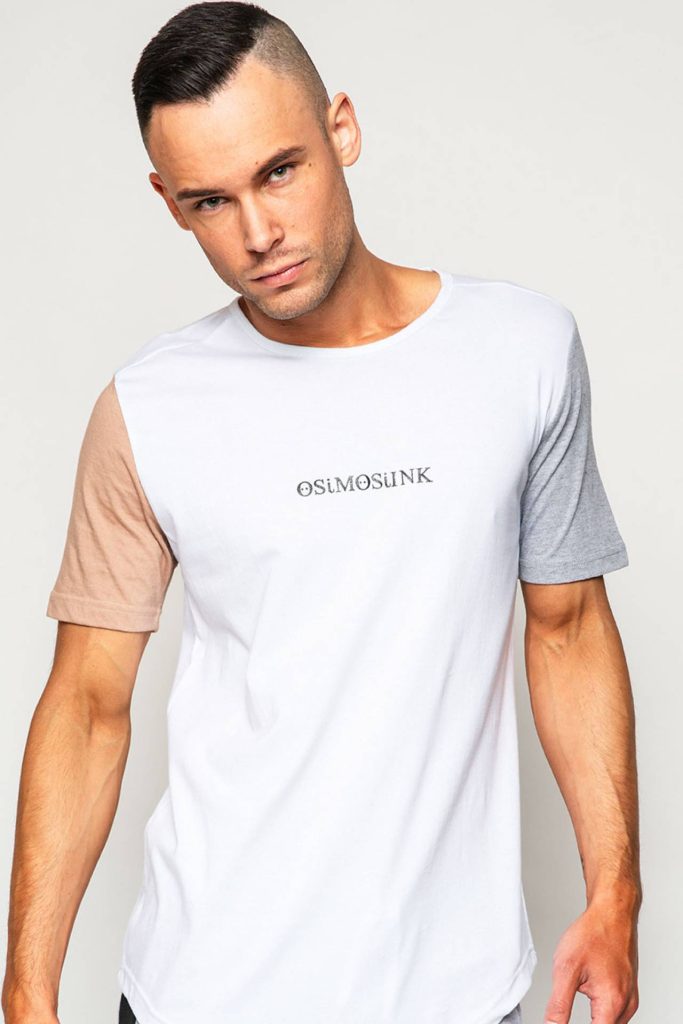From a Scratch Idea to Bespoke Clothing: The Journey of Clothing Manufacturers
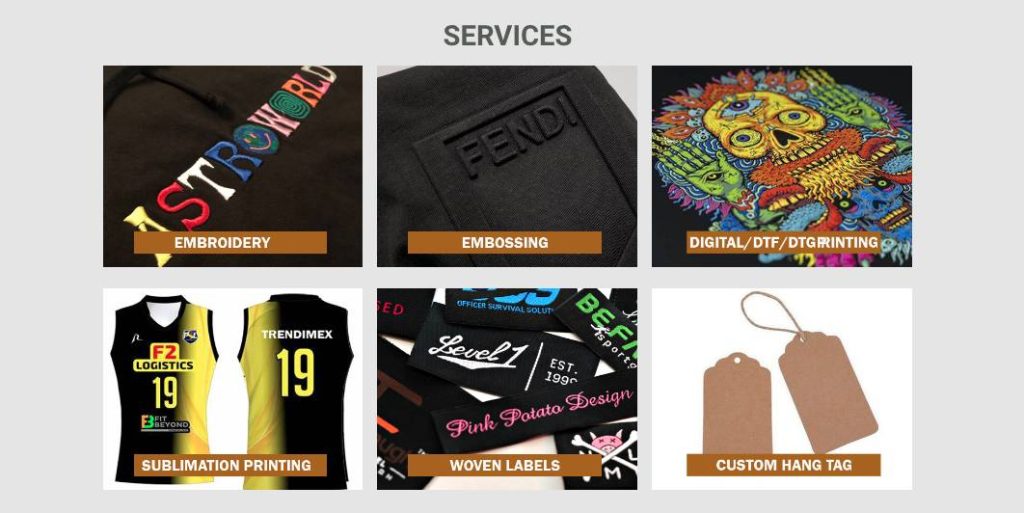
The process of designing and creating custom clothing is a complex and multi-step process. Clothing manufacturers must go through various stages of design, production, and distribution to bring their ideas to life. In this blog, we will delve deep into the journey of creating bespoke clothing, including the difficulties faced by manufacturers and workers in underdeveloped countries.
Step 1: Design Concept
The first step in creating custom clothing is establishing the design concept. Clothing manufacturers will often use market research to determine the latest trends and preferences of their target audience. They will then utilize this information to create design sketches and refine their ideas.
Step 2: Fabric Selection and Sampling
After the initial designs are refined, the manufacturer must select the appropriate fabrics for their clothing. They must ensure that the textiles used satisfy strict quality standards to ensure long-lasting durability and comfort. Once the fabric choices are finalized, a prototype of the garment is created, often called a “sample”. Samples are a crucial part of the manufacturing process as they help the designers test the fit and overall look of the garment.
Step 3: Production
Once the garments are designed and samples are approved, the manufacturer can begin the production process. The manufacturing process involves cutting the fabrics, sewing pieces together, and adding detailing like buttons and zippers. During production, several quality checks are performed to ensure the garments are being produced to the desired quality standards.
Step 4: Distribution
After the bespoke clothing has passed all the quality assurance tests, it is then shipped to the destination of its various customers. Clothing distributors will often receive large shipments of finished garments, sort through them, and organize them for sale.
Difficulties faced by Manufacturers and Workers in Underdeveloped Countries
While the manufacturing process may seem straightforward, the journey of creating bespoke clothing can be riddled with challenges, especially for those in underdeveloped countries. In such countries, workers often work long hours and get paid very little. The harsh working conditions often result in low morale, workplace accidents, and environmental degradation. The workers are often exposed to harmful chemicals during the manufacturing process that can cause health issues, and they usually don’t enjoy benefits such as healthcare and retirement contributions.
Conclusion
In conclusion, designing and manufacturing bespoke clothing is an incredibly complex process, and behind its production are several challenges. Clothing manufacturers must deal with design challenges, fabric choices, quality control, and distribution difficulties. Furthermore, workers in underdeveloped countries face issues such as poor working conditions, inadequate compensation, and exposure to hazardous chemicals. Nonetheless, creating custom clothing is a supply chain process that involves people with different skills, from designers to quality control inspectors to salespeople, to deliver the best quality clothes to customers worldwide. To get yourself some custom-made bespoke clothing, visit Wendy Trendy, where you can find a range of items such as tailored suits, custom shirts, custom sweatshirts, custom dress shirts, polo shirts, airbrushed shirts, custom varsity jackets, and pajama pants.
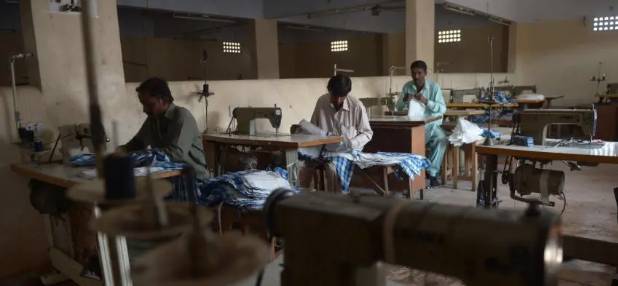
In conclusion, underdeveloped countries have become major players in the clothing manufacturing industry. The expertise, skills, and efficiency of their workforce have enabled them to produce high-quality clothing products for developed countries. So, the next time you are in need of custom clothing such as tailored suits, custom long sleeve shirts, or eshakti dresses, remember that you can find high-quality products from underdeveloped countries.

